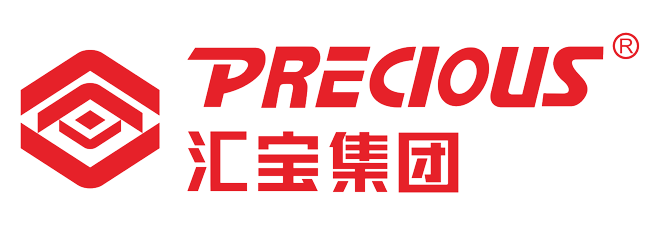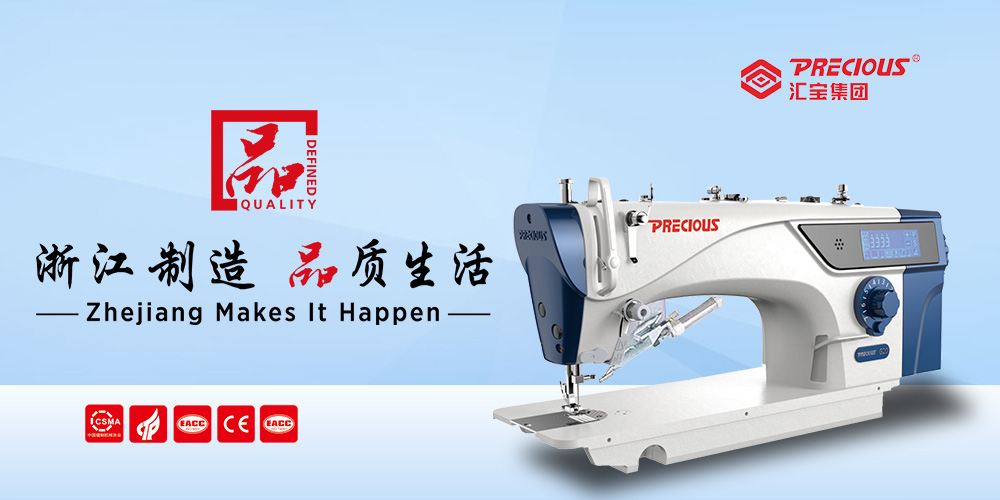Stitches N' Stuff: Sewing machines need love, too
2007-9-14 0:00:00
If you're a quilter, machine embroiderer, sewer or just a mender, you know that taking care of your sewing machine saves you a lot of frustration and grief. Here are three habits you can develop to keep your machine out of the shop and at home, where it belongs.
n Clean and oil your machine frequently, even daily if you sew a lot.
Take out the bobbin and bobbin case and clean out the lint and snippets of thread that accumulate. I use a cosmetic brush -- one, of course, that I don't use for cosmetics -- to get in all the little nooks and crannies. Dampen the end of a Q-Tip with good sewing machine oil and run it around the inside of your bobbin case. Clean and oil the rest of your machine according to the manufacturer's directions. I use pressurized dust remover (from a camera department) on my old machines, but not on my computer machine.
n When unthreading the machine, cut the thread at the spool or cone and then pull the remaining thread "forward" through the machine -- not back towards the spool. When I first heard this, I thought it was a fraud to spend more money on thread. However, it is valid. Cotton thread has a certain amount of lint.
Pulling the thread "backwards" can cause a lint-ball between the tension discs.
Metallic and rayon threads sometimes develop into a little knot or "goober" when you cut them. Pulling this backward through your take-up lever and tensions discs can cause jammed thread. If your thread breaks before the needle and you can't see the end, use a pair of tweezers to get hold of the thread before the take-up lever so you can pull it forward. I know this seems like a pain, but you won't regret the loss of 15-inch pieces of thread when you consider they may add up to a $100 service call.
?My pet peeve is when my machine jams. Take a deep breath and raise the presser foot so you can get the needle out of the fabric, using the hand wheel if necessary. Always turn the wheel it forward, never backward. You may need to remove the needle plate with the fabric still attached to get to the back of the jam. Pulling hard on the fabric will not fix the problem. Get a seam ripper or serger tweezers and start cutting threads and, if necessary, fabric loose. Continuing to sew past a jam can put your machine out of timing and even strip gears. Make sure you have cleared all the snippets of thread and fabric before putting the needle plate back on. This is also a good time to clean the lint out from under the plate. Your machine will be happier and you will be a happier sewer, if you just take the time to insure that you both work smoothly.













